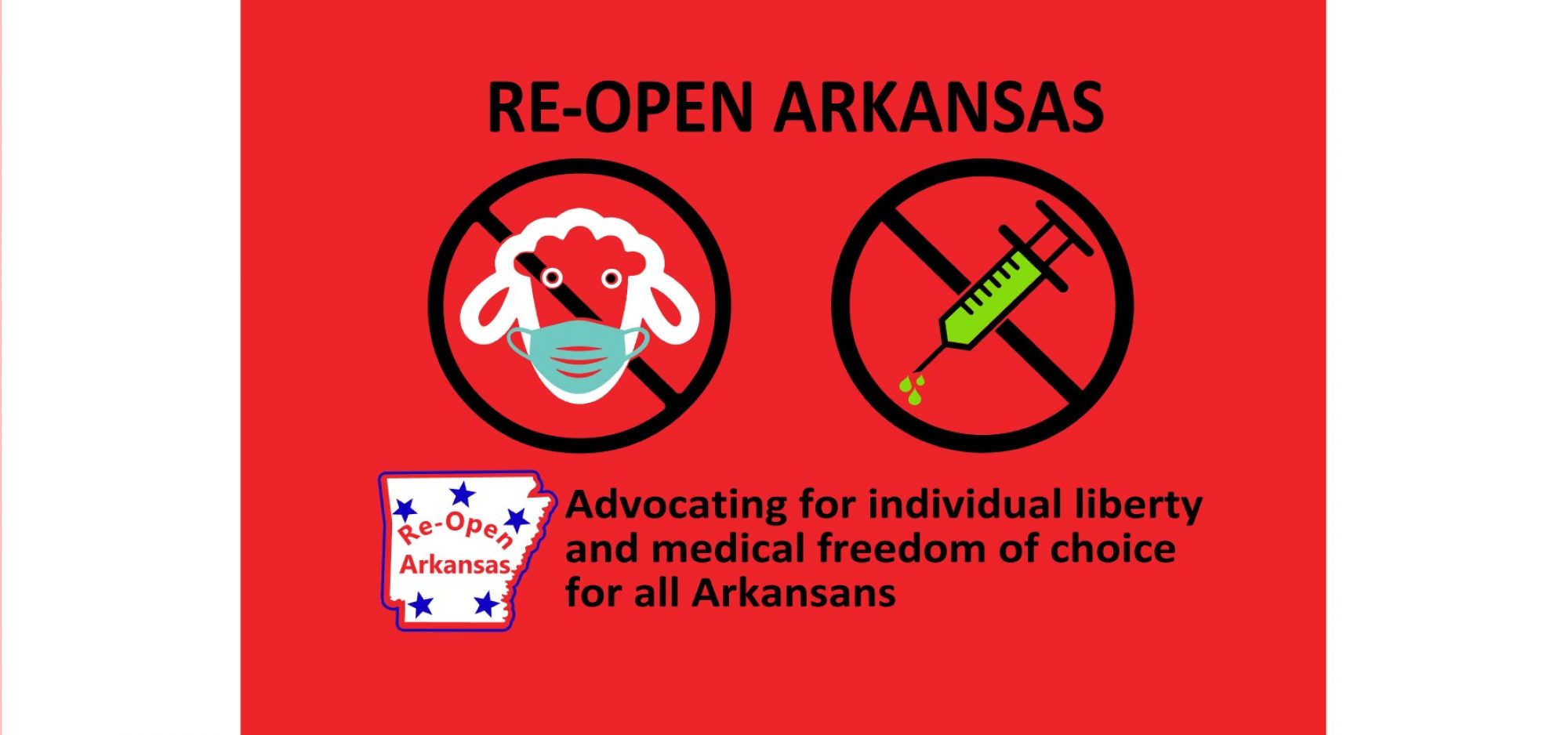
On “Long-Haul COVID” and Vaccine Toxicity:The physical appearance of the COVID virus can been depicted as a central sphere of viral protein surrounded completely by spear-like appendages. Known as spike proteins, they are very analogous to the quills surrounding a porcupine. And just as the porcupine stabs its victim, these spike proteins penetrate into cell membranes throughout the body. After this penetration, protein- dissolving enzymes are activated, the cell membrane breaks down, the viral sphere enters the cytoplasm through this membrane breach, and the metabolism of the cell is subsequently “hijacked” to manufacture more viral particles. These spike proteins are the focus of a great deal of ongoing research examining vaccine side effects (Belouzard et al., 2012; Shang et al., 2020).The spike protein first attaches to ACE2 (angiotensin converting enzyme 2) receptors in the cell membranes (Pillay, 2020). This initial binding step is vital to triggering the subsequent sequence of events that brings the virus inside the cell. When this binding is blocked by competition or prompt enough displacement with an appropriate therapeutic agent, the virus cannot enter the cell, the infectious process is effectively stopped, and the immune defenses of the body are freed to mop up, metabolize, and eliminate the viral pathogens, or just the spike protein alone if free and no longer attached to a viral particle.Although ACE2 is found in many different cells throughout the body, it is especially noteworthy to realize that it is the initial target bound by coronavirus on the epithelial cells lining the airways after pathogen inhalation (Hoffmann et al., 2020). ACE2 expression (concentration) is also especially high on lung alveolar epithelial cells (Alifano et al., 2020). This cell membrane-bound virus can then begin the process that eventually results in the severe acute respiratory syndrome (SARS) seen in clinically-advanced COVID infections (Perrotta et al., 2020; Saponaro et al., 2020). The SARS presentation manifests most clearly when the degree of oxidative stress in the lungs is very elevated. This stage of COVID infection-related extreme oxidative stress is often referred to in the literature as a cytokine storm, and left unchecked this invariably leads to death (Hu et al., 2021).
Increasing concern has focused on the continued presence of the spike protein in the blood by itself, unattached to a virion, following COVID vaccination. Supposedly intended to initiate an immune response to the entire virus particle, the spike protein injections are disseminating throughout the body rather than staying put in the upper arm at the vaccine site while the immune response to it evolves. Furthermore, it also appears that these circulating spike proteins can enter cells on their own and replicate themselves without attached virus particles. This not only wreaks havoc inside those cells, it helps to assure the indefinite presence of the spike protein throughout the body.It has also been suggested that large amounts of spike protein are just binding ACE2 receptors and not proceeding any further into the cell, effectively blocking or disabling normal ACE2 function in a given tissue. Additionally, when the spike protein binds a cell wall and “stops” there, the spike protein serves as a hapten (antigen) which can then initiate an autoimmune (antibody or antibody- like) response to the cell itself, rather than to the virus particle to which it is usually attached. Depending on the cell types to which such spike proteins bind, a wide variety of diseases with autoimmune qualities can result.Finally, another very worrisome property of the spike protein which alone would be of great concern is that the spike protein itself appears to be highly toxic. This intrinsic toxicity, along with the apparent ability of the spike protein to replicate itself indefinitely within the cells it enters, probably represents the way in which the vaccine can inflict its worst long-term damage, as the production of this toxin can continue indefinitely without other external factors at play.In fact, the long-haul COVID syndrome likely represents a low-grade unresolved smoldering COVID infection with the same kind of spike protein persistence and clinical impact as is seen in many individuals after their COVID vaccinations (Mendelson et al., 2020; Aucott and Rebman, 2021; Raveendran, 2021).
